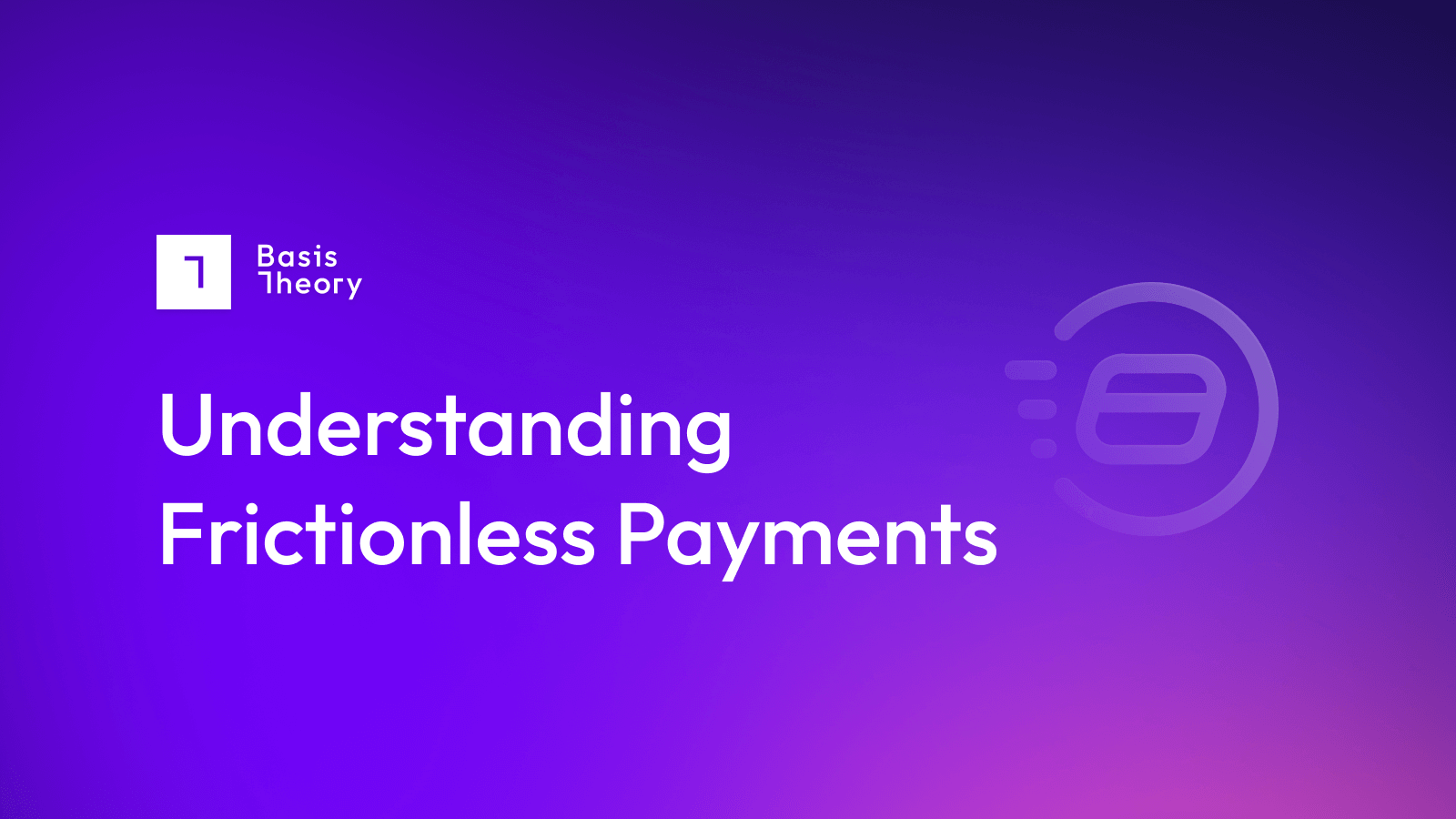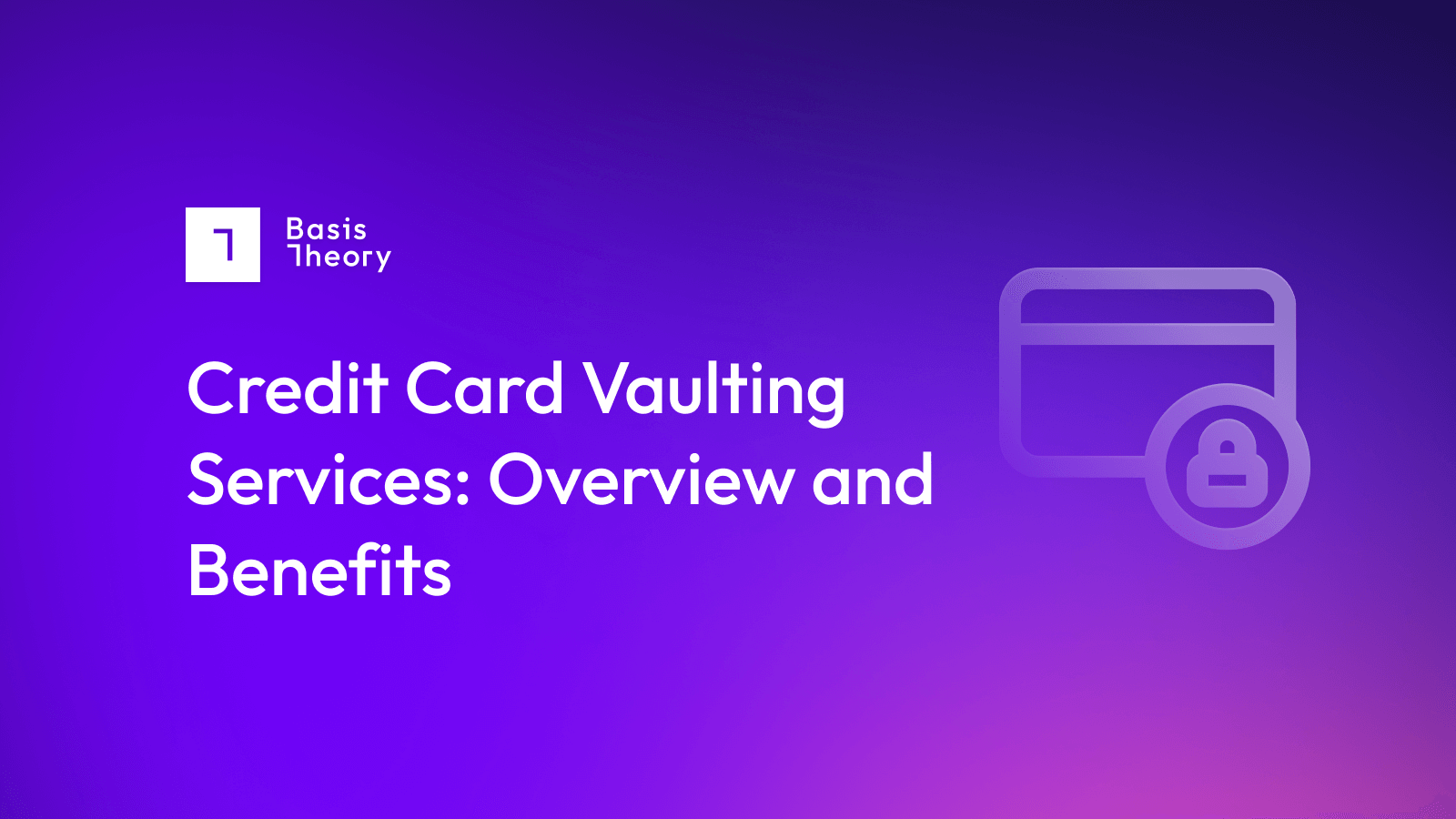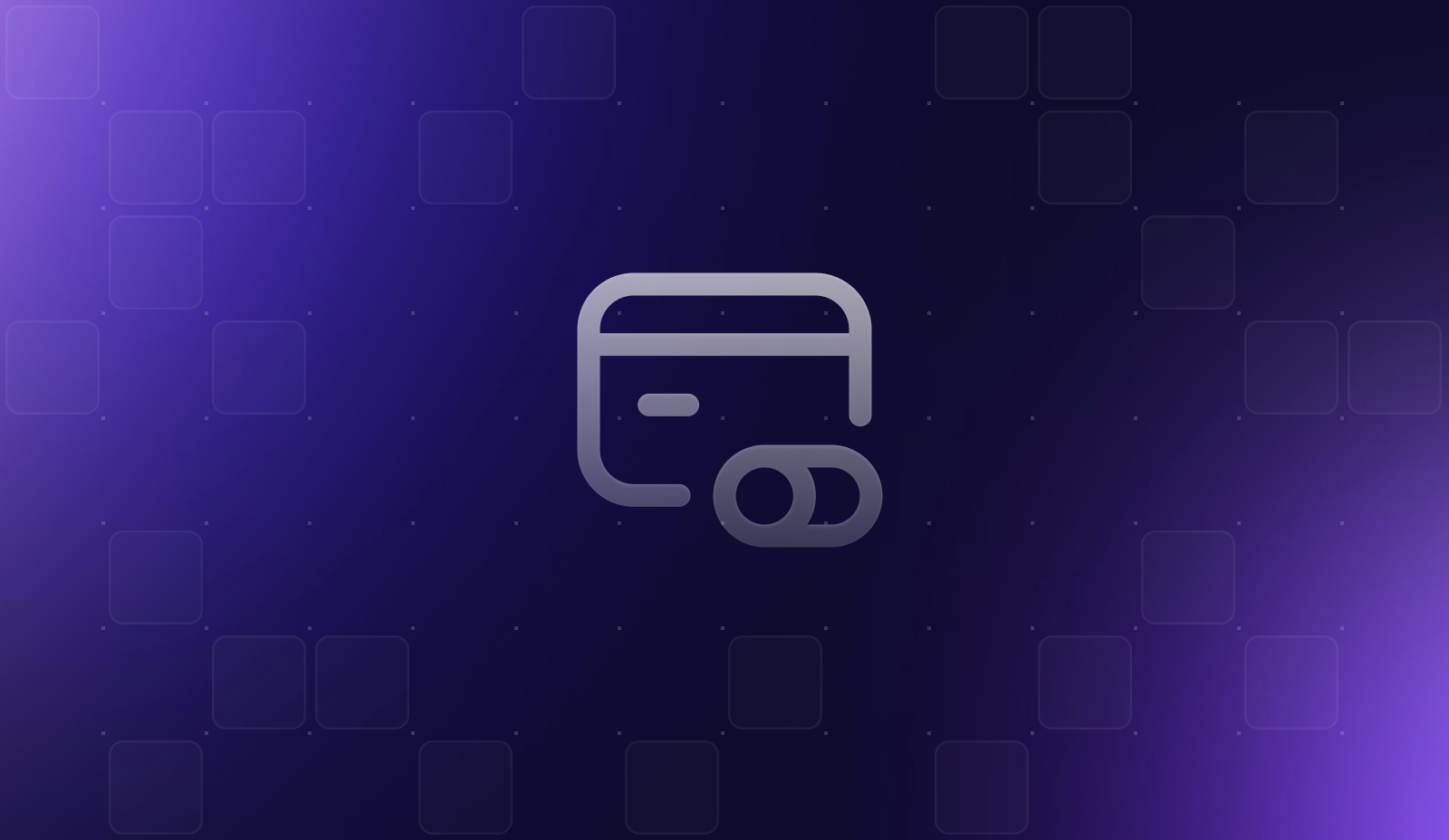Understanding Frictionless Payments

Frictionless payments offer the least amount of effort to get a transaction closed. There is no universally accepted definition of a frictionless payment, it is more of a design principle than anything else: place as few barriers between the consumer and their purchase as is humanly possible. As e-commerce has grown and evolved, the options available to reduce the strain on the consumer have multiplied and grown, from storing credit card details to implementing new payment methods to integrating with smart device-resident wallets. Merchants who are looking to optimize their revenues need to become experts on frictionless payments, which Statista estimates will represent a cool $8B in sales in 2024.
Frictionless Payment in the Physical versus Digital World
The COVID-19 pandemic changed things up in the physical world, as consumers increasingly moved away from using cash (which would mean exchanging objects with other people in a germ-aware situation) and looked for ways to reduce their interactions. Methods that took off during this period included
- Near field communication (NFC)-powered contactless cards: instead of having to hand a card to another person to swipe - or even having to swipe the card in the same slot as other customers - users could simply wave their card near the payment terminal.
- Smart device wallets: offerings from both Google and Apple completely changed the way in which consumers shopped, offering the opportunity to completely leave their wallet at home, and pay without touching anything that anyone else might have.
Online payments, of course, offered a trickier challenge: unlike in-person customers who could be required to have physical control of their card or device, making it difficult to use a fake device or number, online buyers were out of sight. And as online fraud has continued to grow in its sophistication, so removing friction from the process has had to rely on sophisticated approaches, such as
- Tokenization, which allows merchants to securely store customer cardholder information so that subscription (and subsequent one-time) purchases can be reliably transacted without adding the friction of re-entering car details
- Digital wallets, such as Venmo and PayPal, which allow for transactions to be completed with just a known login to a third party service, eliminating the need for consumers to fill in forms or even provide cardholder information
- Integrated payment systems, like Apple Pay and Google Pay, which allow smart device users to use their own device’s security to authenticate themselves and transmit payment information
Why Frictionless Payments Matter to Consumers and Merchants Alike
The opposite of a frictionless payment, of course, is a payment that is slowed by friction - extra actions to take, forms to fill out, passwords to type in, and so forth. While this is arguably worse for the merchant than the consumer (failing to make a sale is, for all but the most vital of goods, more of a loss to the seller than the buyer), that is not to say that customers don’t benefit from getting their payment done without friction. Specific benefits include
- Increased merchant efficiency: obviously this is good for the merchant’s operating budget, but it can also free resources up to provide better customer service.
- Lower frustration: when a customer becomes frustrated, it not only spoils their day, it also can result in the merchant both losing the immediate sale, and the customer having a negative impression of the experience, imperiling future business.
- Increased security: unlike so many things in life, easier isn’t necessarily riskier. With advanced authentication through smart devices, secure login to digital wallets, and cardholder data safely stored and transmitted through token vaults, eliminating friction can also protect cardholder information.
On the other hand, there are some downsides to frictionless payments, including
- Slow adoption: merchants that customers really want to buy from can’t always keep up with their peers, which can cause irritation for consumers whose expectations have shifted
- Cost to implement and use: adding alternative authentication and payment methods can be costly - in terms of software, resources, and time - for merchants. Ongoing fees can also take a bite out of their revenue (for instance, processing payment by a digital wallet like PayPal can end up being substantially more expensive than processing a debit card through an automated merchant payment system)
- Resistance to change: when introducing new capabilities, merchants have to be careful not to create something off-putting for their long-term customers. The Buy Now Pay Later (BNPL) offerings from companies like Klarna can be a great boon to the technologically savvy, but may cause discomfort to existing customers who aren’t sure what to do with them.
The Future of Payments is Frictionless and Increasingly Mobile
When non-cash payments started, we lived in a largely analog world, where simply owning a piece of plastic with your name on it, and a matching ID, with the ability to provide a signature that vaguely matched the back of the card was enough to reasonably safely pay for whatever you needed. As the world has become increasingly digital, not only have fraudsters become more advanced and effective, the tools we have available to thwart them have evolved too, and none more meaningfully than the smartphone.
Today’s smartphone includes the ability to directly confirm the user’s identity - often through biometric entries (face scan, fingerprint scan, etc) that make that authentication way more reliable than simply knowing a 4 digit personal identification number (PIN).
Merchants should be looking now at automating their payment systems so that they can control the friction that stands between them and their customers. The first step is to ensure payment systems do not have a single point of failure with an exclusive PSP, which can eliminate opportunity to manage processing fees, deliver customer-preferred payment methods, and efficient cross-border transactions.
.png?width=365&height=122&name=BTLogo%20(1).png)



